What is Masa Harina?
1
Updated Apr 09, 2024, Published Feb 20, 2024
This post may contain affiliate links. Please read our disclosure policy.
If you’ve ever wondered “What is Masa Harina?” you’ve come to the right place! Today I’ll lead you through all the secrets of this special Mexican flour, from the intricate production process to its distinct flavor profile. We’ll also cover how it differs from cornmeal and corn flour to how it can be used to bring authentic Latin flavors to your kitchen. So, go grab your bag of Maseca and meet me in the cocina — we’ve got lots to cover!
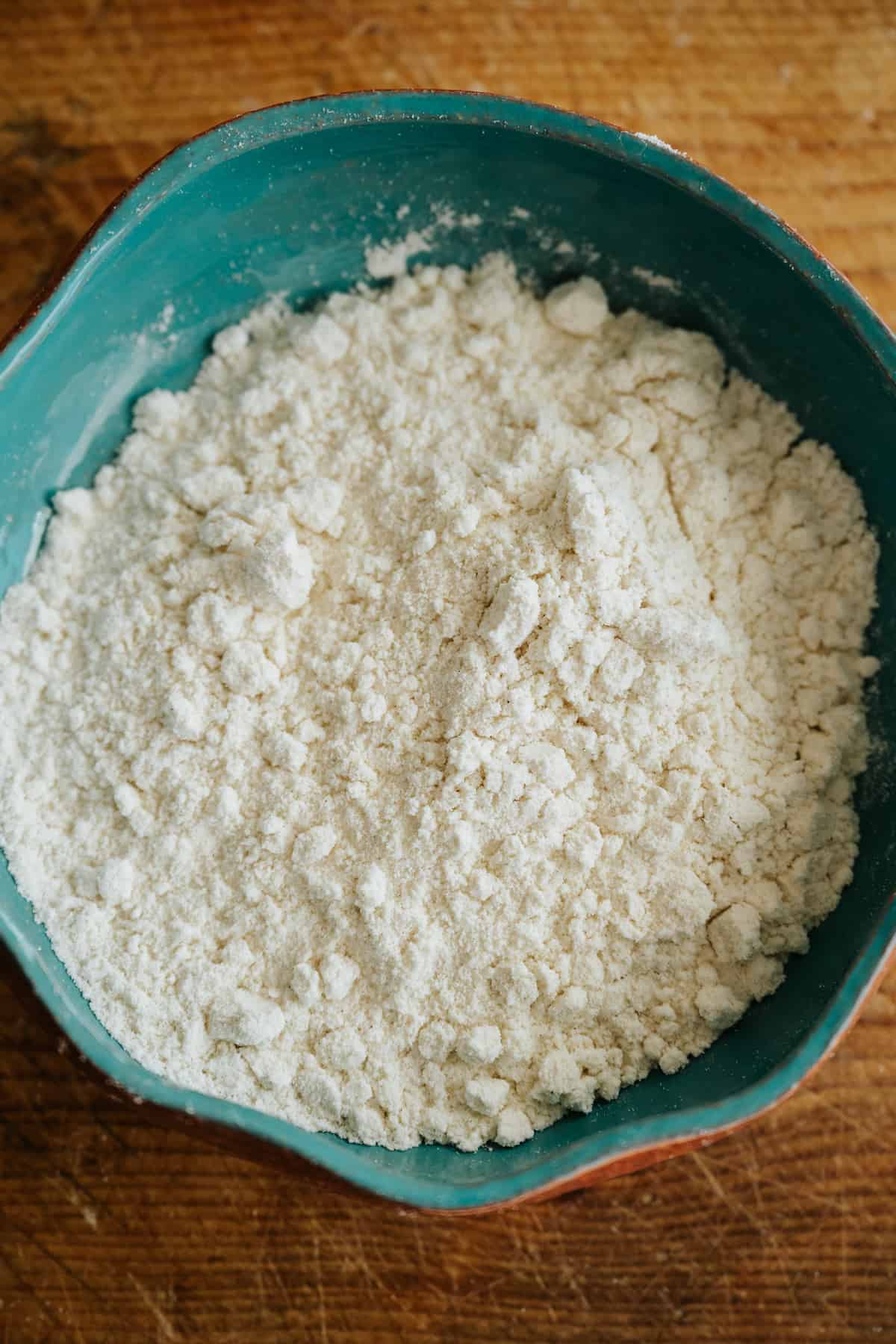
What is Masa Harina?
Masa Harina, which translates to “dough flour” in Spanish, is a cornerstone of many traditional Latin American dishes from corn tortillas to tamales, atole to champurrado, and so much more. It’s an indispensable pantry staple in any well-provisioned Mexican kitchen, and it definitely deserves a spot on your shelves. But, what the heck is it?
Masa harina flour is made from dried corn kernels that have undergone a process known as nixtamalization. This method involves soaking and cooking the corn in an alkaline solution like limewater, which softens the kernels and enhances their nutritional value by releasing niacin.
This unique process creates what is known as nixtamal or “hominy,” which is what we call the whole treated kernels. It is what gives the corn its distinctively sweet taste and pliable texture. After soaking, the nixtamal is rinsed and ground into a fresh corn dough known as masa. The masa dough is then dried and powdered to create masa harina.
It’s quite a lengthy process, but the result is an inexpensive, shelf-stable masa corn flour that, when mixed with water and fat, forms a smooth dough ideal for making tortillas, tamales, gorditas, and dozens of other yummy Mexican dishes. Read on below for plenty of recipe inspiration!
Masa Harina vs Masa
So, there’s a lot of confusing terminology that is all interconnected but has some important differences. Here goes: after processing the nixtamal into a dough, we call that “unprepared masa.” It’s a fresh corn dough that is soft and pliable but still requires that you add fat and flavoring to it before using it to make tamales or tortillas.
Once you add the fat (usually lard) and flavoring (which can be as simple as salt or as flavorful as red chile sauce or piloncillo syrup), you’ll then have the tamal dough known as “prepared masa.” The confusing part is that both of these doughs at various stages of usability are often shortened to just “masa.”
Masa harina, on the other hand, is a dried and powdered form of unprepared masa. In other words, it is ground hominy that has been dried out and processed to make flour. There are no other ingredients in masa harina other than nixtamalized corn, which makes it the perfect unprepared masa substitute. Make sense?
Masa Harina vs Corn Flour & Cornmeal
I’m often asked what the difference is between masa harina vs cornmeal or corn flour. The primary difference is the process of nixtamalization that we talked about above.
First, let’s talk about our non-nixtamalized corn products. Corn flour and cornmeal are simply made from regular dried and milled corn kernels. Cornmeal has a bit more texture and is used to make grits or polenta. Corn flour is milled more finely and has a texture that is similar to all-purpose flour, and is typically used for baking.
Masa harina has a texture that is a bit coarser than corn flour, but finer than cornmeal. It also has a flavor that tastes more like corn, thanks to the nixtamalization. It’s also the only corn product out of the 3 that can be used to make either unprepared or prepared masa.
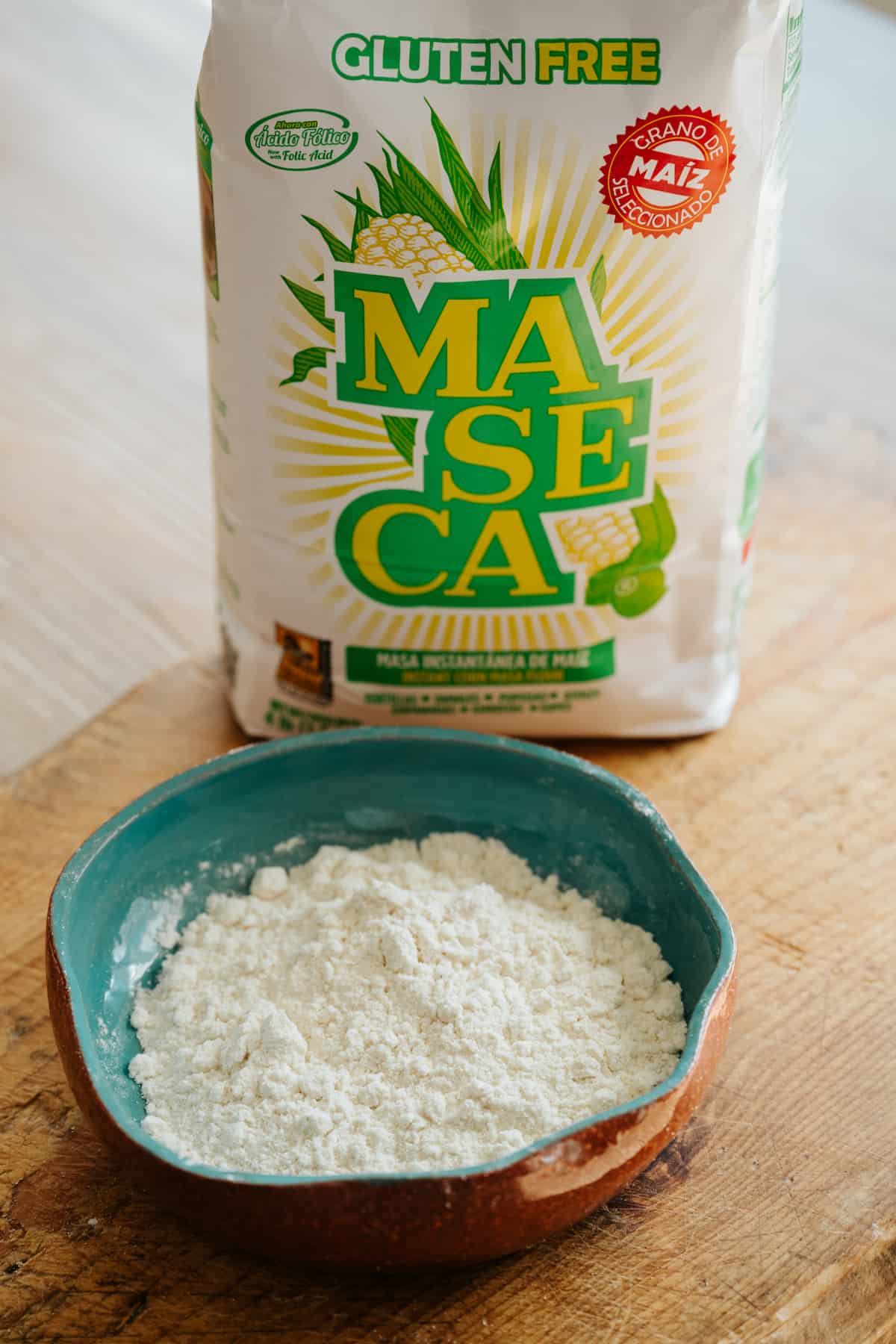
Where to Buy Masa Harina
Nowadays, masa harina is pretty easy to find at any standard grocery store. Some stores have it in the baking aisle, while others have it in the Latin American section of the international aisle. If your supermarket doesn’t carry it, you can easily find it online or at Mexican supermercados.
If local options aren’t available to you and you need to purchase online, here are some of my go-to brands:
Masa Harina Substitutes
Far and away the best substitute for masa harina is fresh unprepared masa dough, which is readily available in the refrigerated section of Mexican grocery stores. This masa is just a hydrated version of masa harina.
How to Store Masa Harina
As with most varieties of flour, you should keep masa harina in a cool, dark spot (like the pantry or cabinet away from any heat sources). I generally recommend keeping it in a hard-sided airtight container. This will also help to extend the shelf-life by maintaining its freshness — both air and moisture will degrade the flavor over time.
If you live in a particularly hot and humid environment, I recommend keeping it in the fridge or freezer to prevent mold and spoilage. If you don’t have the space in your fridge, pop a few packets of silica in your airtight container to ward off the moisture. Once opened, I recommend using your bag within about 6 months to a year for the best quality.
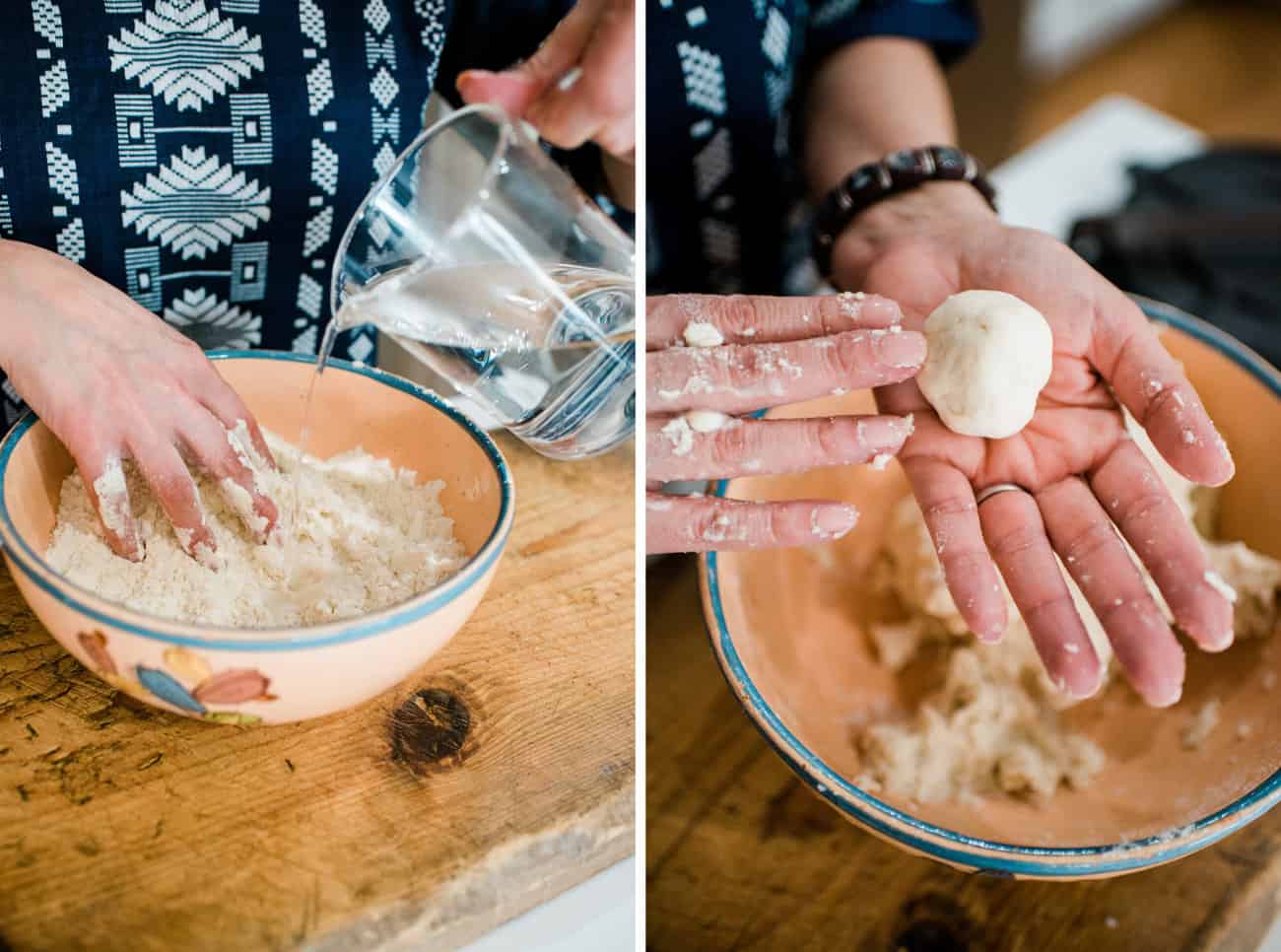
Recipes Using Masa Harina
- Corn Tortillas
- Tamal Dough
- Huaraches
- Sopes
- Atole
- Champurrado
- Molotes
- Albondigas
- Pan de Elote
- Mexican Arepas
- Gorditas
Frequently Asked Questions
Nope! Harina de maiz is simply the Spanish way of saying corn flour. For more information on how they’re different, jump back up to the Masa Harina vs Corn Flour & Cornmeal section.
Indeed it can. The most common culprits of spoilage are molding or pest infestation, although it can also go rancid. Use your senses to determine if your masa harina is still good — it should smell lightly corny. If it smells musty, sour, or otherwise “off,” it should be tossed.
You can also run it through your fingers — there should be no clumps or dark spots. These can indicate molding. This is a great method to look for pests, though if you’ve stored it in an airtight container, you should be fine.
Finally, if you’re just not sure, give it a little taste. It shouldn’t taste like much, just kind of bland. If it tastes bad, it’s time for another bag.
Masa harina can be substituted for corn flour in many applications, but you should note that it will have a more pronounced corn flavor and a slightly grainier texture if you do. Swapping it for cornmeal is a tad trickier because of the textural differences. If a smoother consistency won’t be detrimental to your overall recipe, it should work in a pinch.
That said, the substitutions don’t go in the opposite direction, meaning corn flour or cornmeal should not be used in a recipe that calls for masa harina.
Maseca is probably the most popular brand and is readily available nationwide. I also love Bob’s Red Mill, King Arthur, and Masienda, but any white or yellow masa harina will work. You can also use blue or red masa harina if you’re looking for extra pizzaz on the plate!
Yep! Since it’s made with corn, which is naturally gluten-free, you should be good to go. I’d recommend double-checking your bag to make sure whatever brand you choose doesn’t process the masa on the same equipment as wheat products, but I believe most brands do not. Additionally, make sure you take proper precautions to avoid any cross-contamination (e.g. don’t use a dry cup measure in AP flour and then dip it into your masa harina).
Absolutely! You can use either yellow cornmeal or yellow masa harina to make my cheesy skillet cornbread.
Yes! Try using it to make my Mexican arepas with spicy mushrooms or my arepas topped with chicken and roasted padron peppers. That said, if you’re trying to make authentic and traditional Venezuelan or Colombian arepas, you should reach for a white corn meal. Harina P.A.N. is one of the most popular brands.
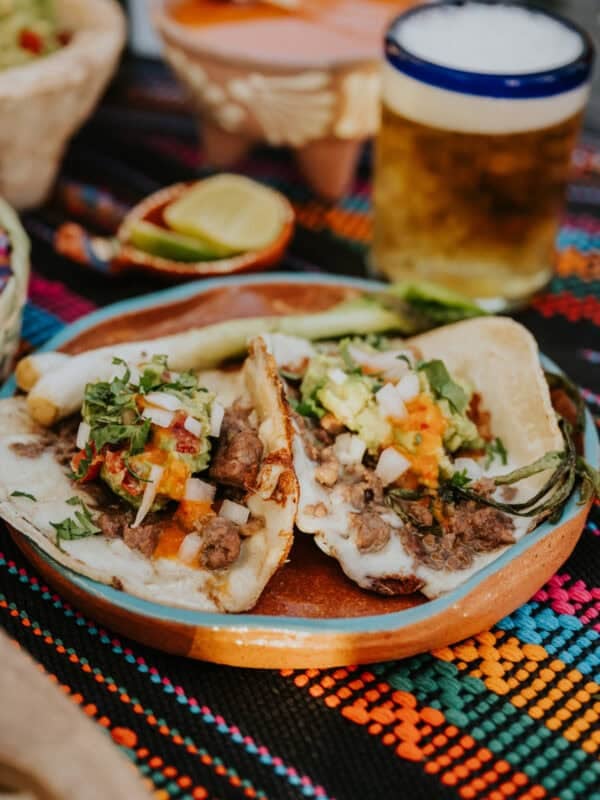
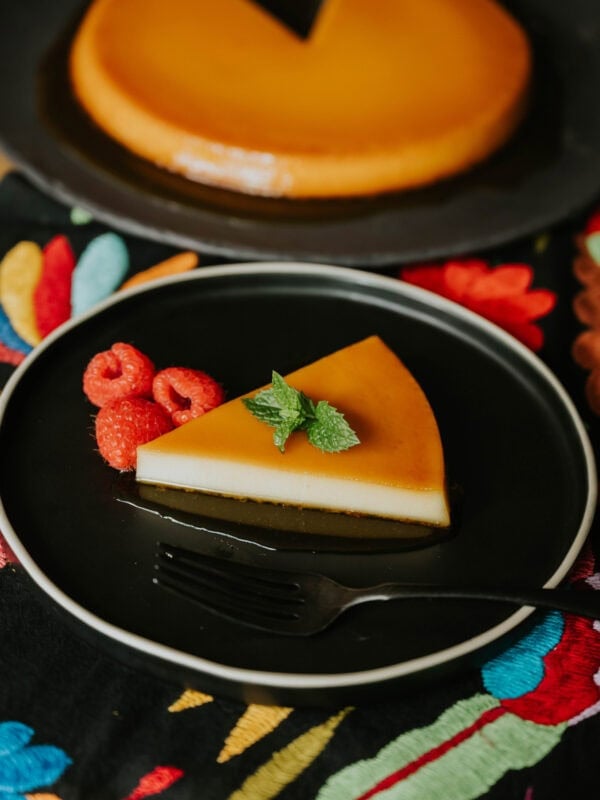

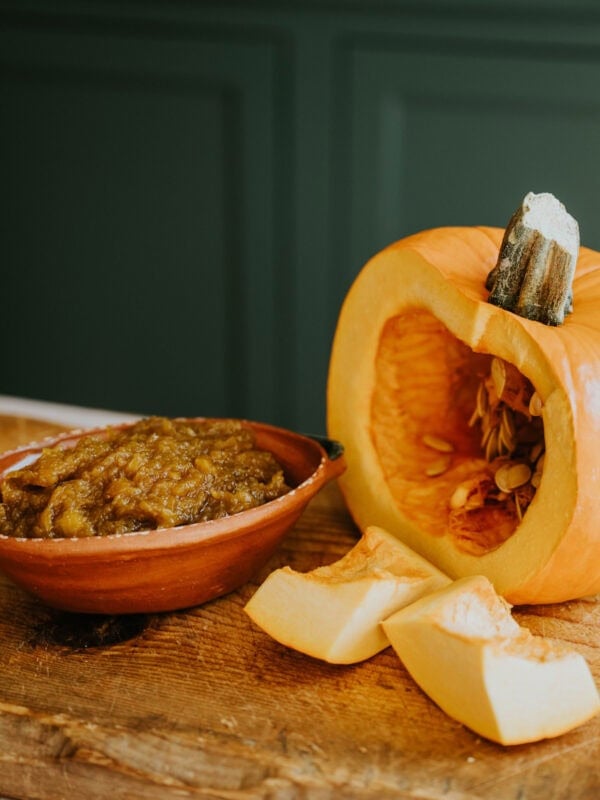









I really appreciate and totally enjoy your facebook page! I am learning so much ! Thank you!